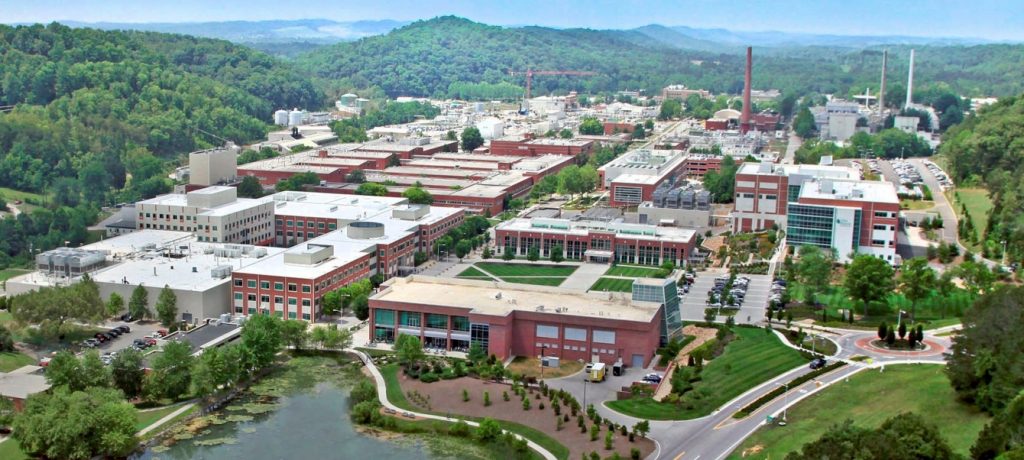New chemical reaction could help save world from climate change
By Sam Siomko, Staff Writer
Sometimes, new scientific discoveries are not the result of enormous research ventures or million-dollar companies. Often, breakthroughs are the result of accidents. And one accident that recently came from Oak Ridge National Laboratory in Tennessee might have the potential to save the world. Researchers happened to discover a chemical reaction that can turn carbon dioxide into ethanol, which, if widely implemented, could help slow or even reverse global climate change.
Hold up. Reverse climate change? That seems like the stuff of science fiction. While Oak Ridge may not be able to save the planet single handedly, its discovery proves that it is possible to reverse the reaction that released over 400ppm of carbon dioxide into the atmosphere since the industrial revolution. Energy that comes from burning things such as coal, fossil fuels, and wood is the result of a simple reaction known as combustion. Combustion is when a fuel reacts with oxygen to produce energy, usually in the form of fire, light, or heat, as well as water and carbon dioxide.
It is easy enough to make this reaction happen with just a simple match. But imagine taking that light or heat and turning it back into a piece of coal. The Oak Ridge team discovered that to reverse this reaction, a simple catalyst was needed. A catalyst is a chemical or element that makes it easier for a reaction to happen. Combustion does not need a catalyst, but the reverse reaction does. And while studying a small part of this reaction, the team discovered that their chosen catalyst was so reactive that it was essentially turning carbon dioxide into ethanol all by itself.
What is this miracle catalyst? The Oak Ridge researchers found that a simple “spike” of carbon and copper, along with a little electricity, was enough to make this reverse reaction happen. The secret was to make these spikes so tiny that the electric current could be concentrated. These tiny energy-focusing catalysts were the result of advances in nanotechnology which allowed researchers to get the tips of the spikes to be so small (50 nanometers to be exact, which is about 2000 times smaller than a human cell).
Not only could this technique be used to sequester carbon from the atmosphere, it would also be using extra electricity from the grid that is otherwise wasted. Since raw electricity cannot be stored, it usually dissipates without being used. Since this reaction requires electricity to work, researchers suggest using the extra electricity to “store” energy in the form of ethanol, which is another highly-combustible substance usually obtained from corn.
Researchers do not know when this technique could be implemented, but they hope to explore it more thoroughly. They are just happy that they were able to discover such a breakthrough entirely by accident. So don’t worry about making a mistake on your chemistry test – who knows? It could be the first step to a new scientific discovery.

